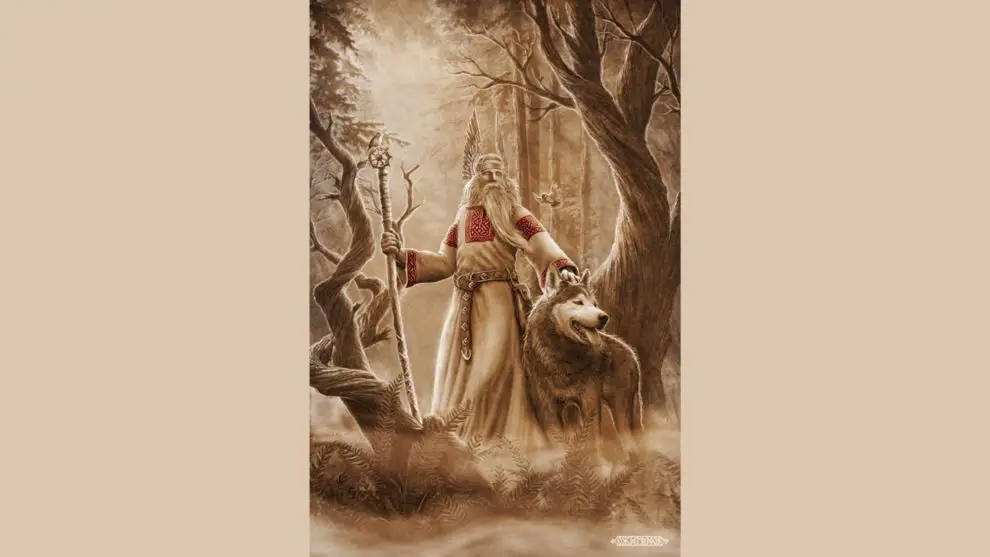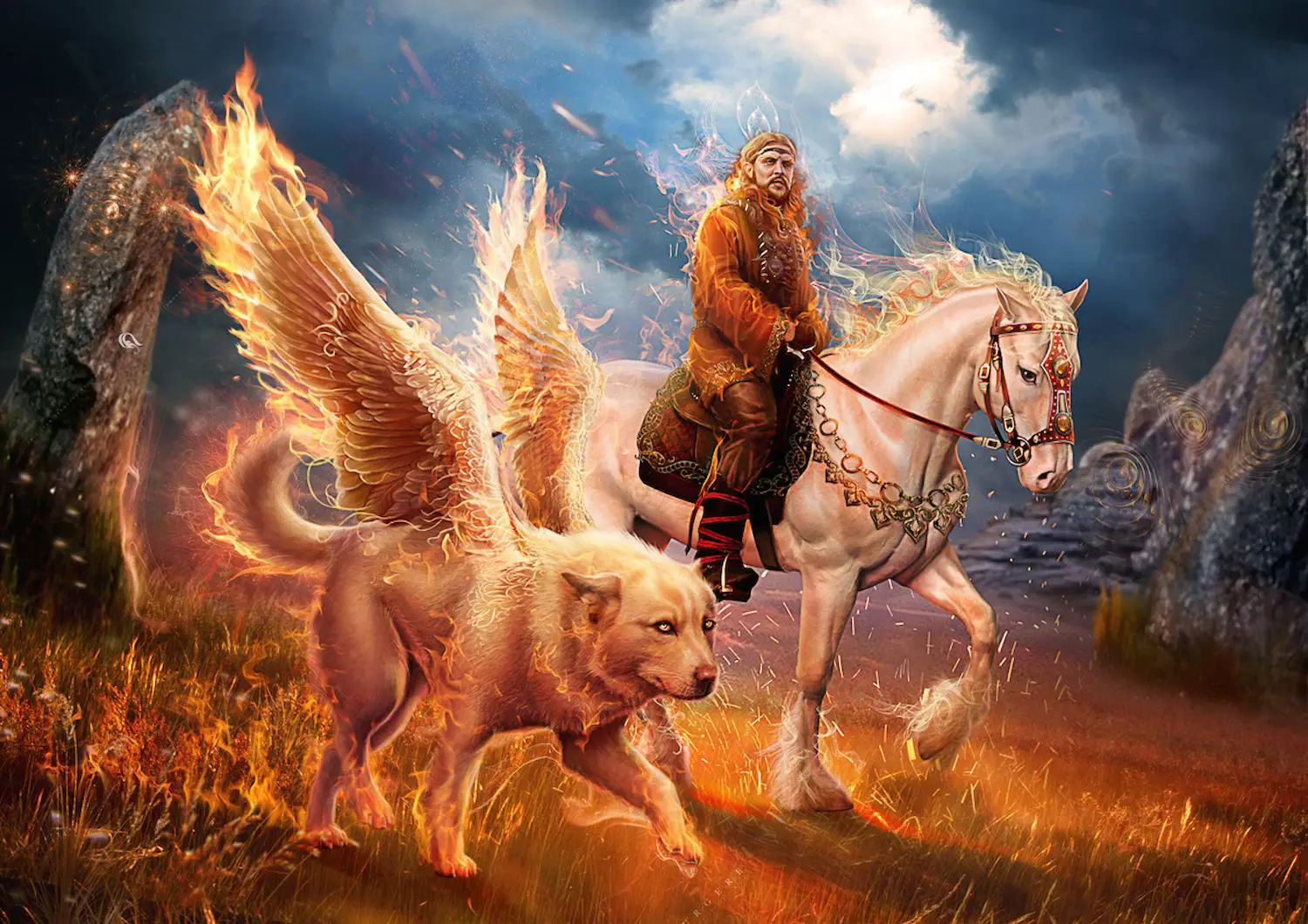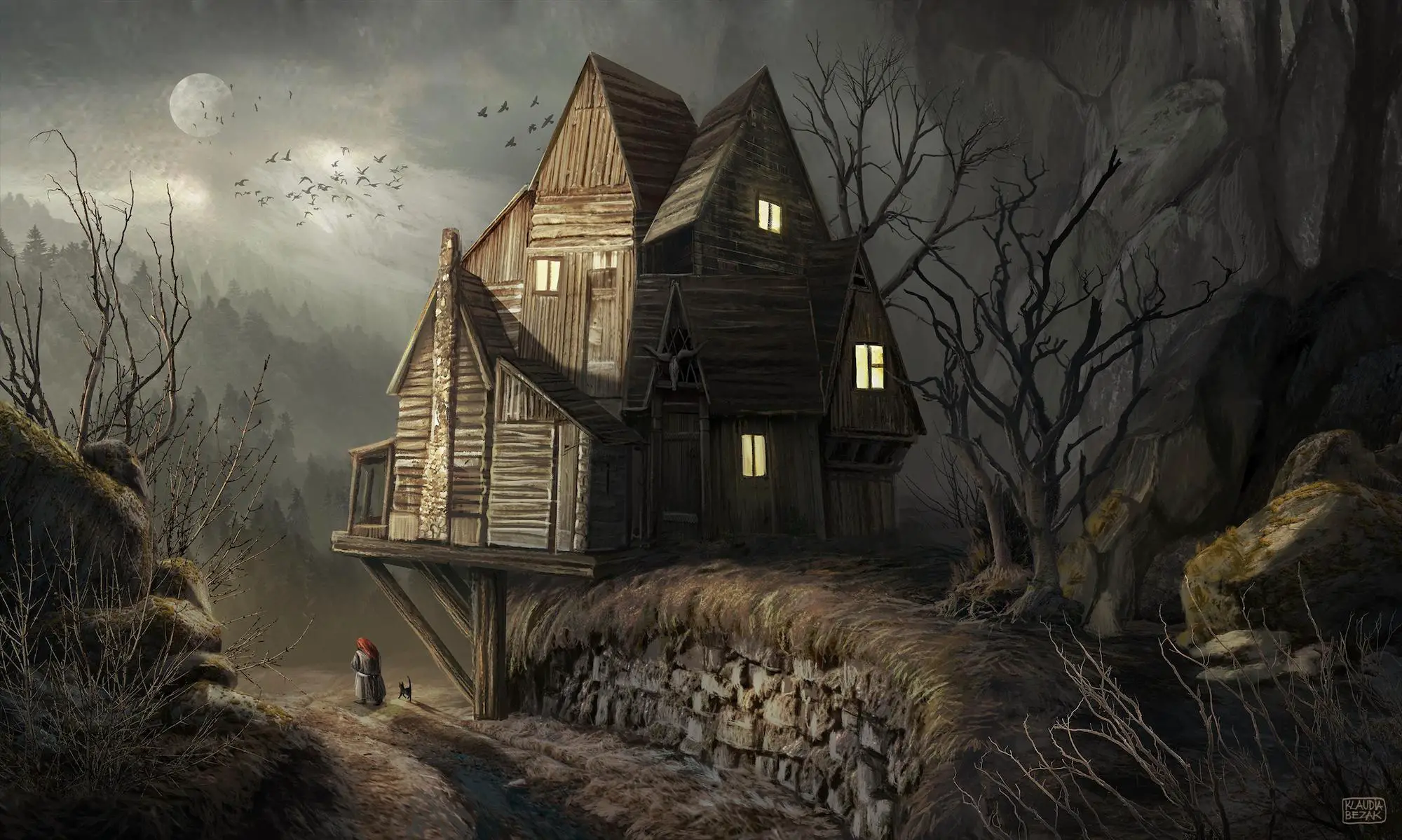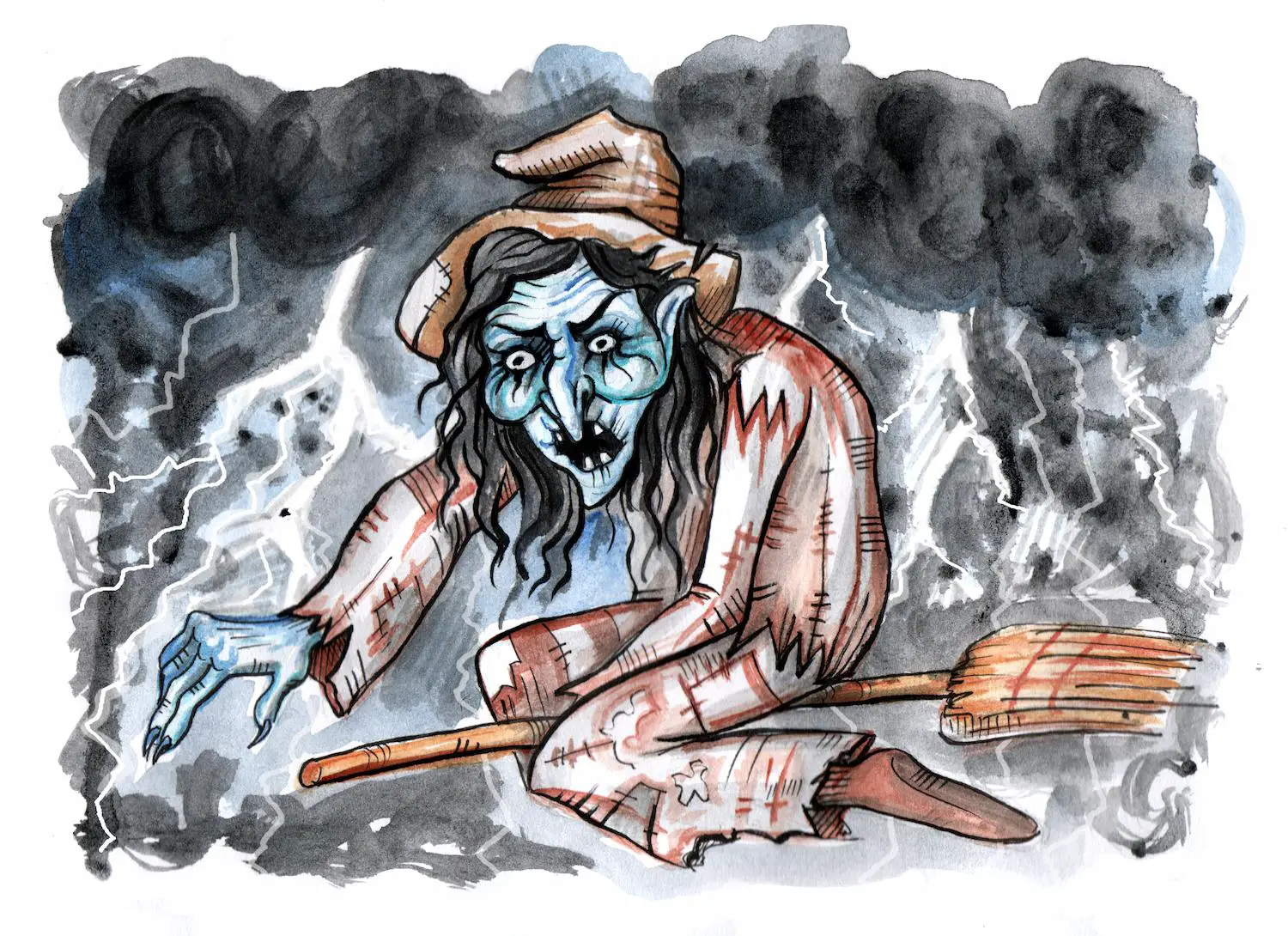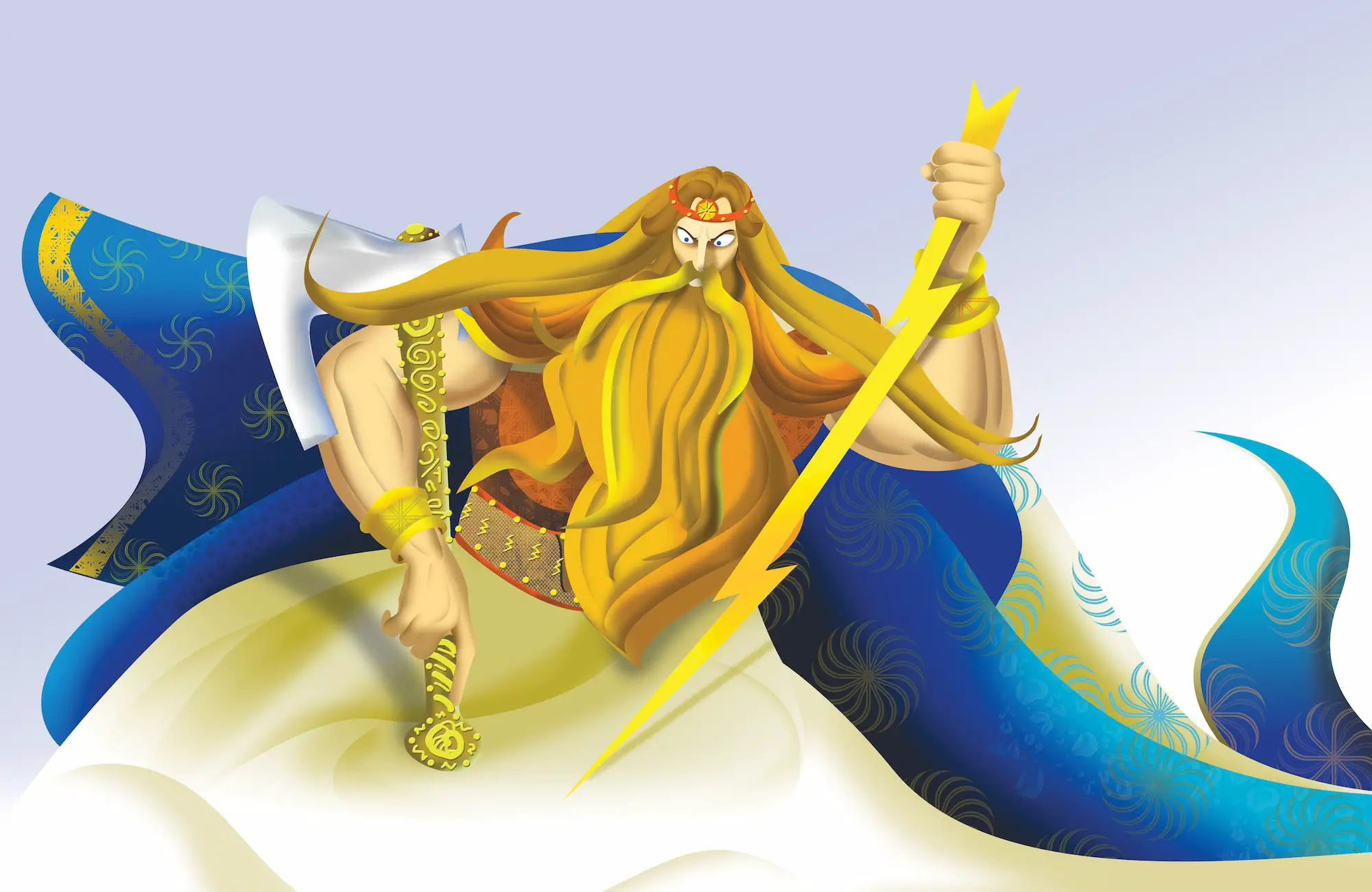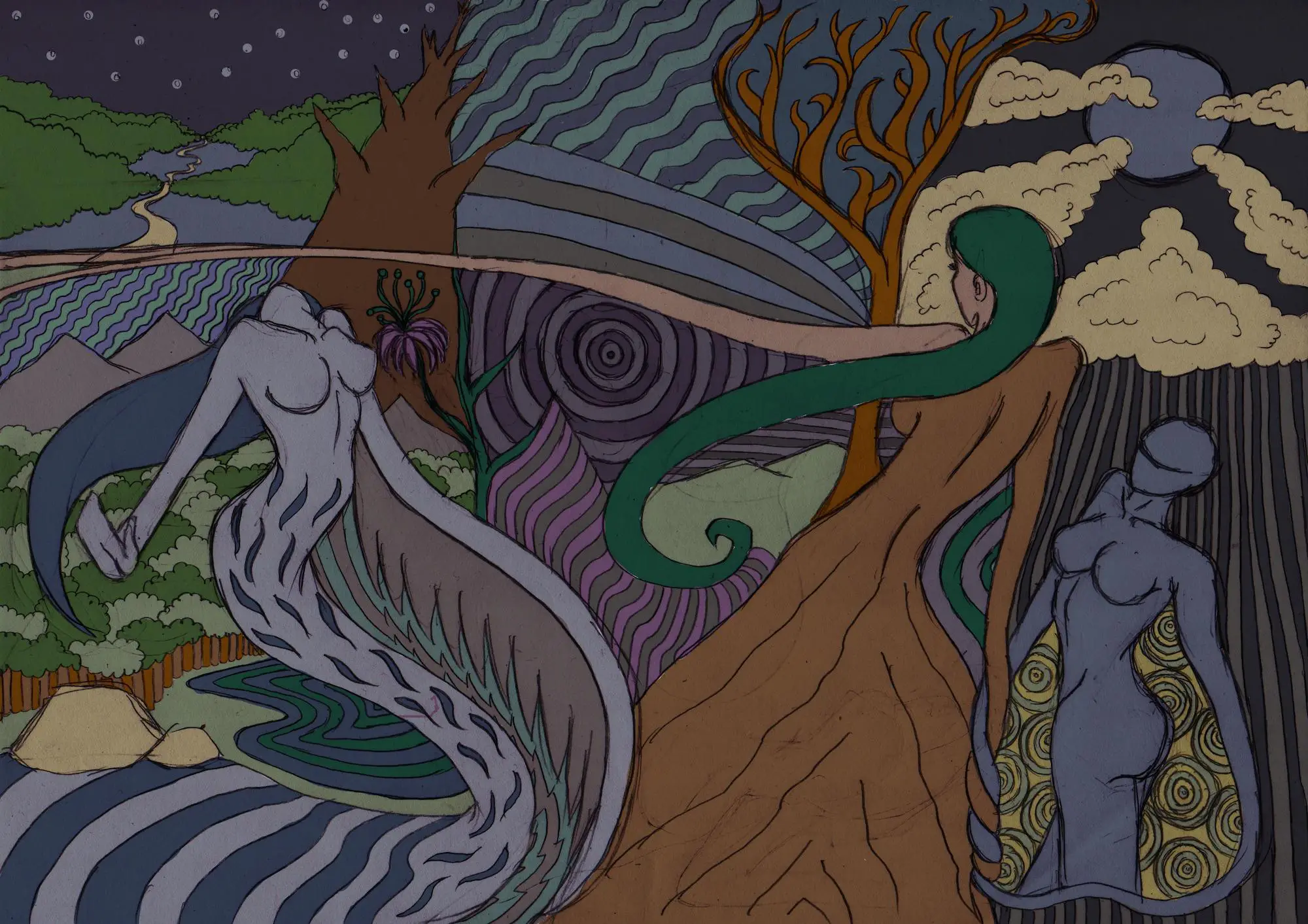The god Belobog has many names like Bilobog, Belbog, Bielebog Bialbog, Byelobog, Belun, Bylun, Bielboh or Bialun (all names meaning White God).
Belobog is a Slavic deity of light and Sun that has always been the subject of many debates between historians and folklorists.
Belobog was represented as an old man with a long white beard who was always dressed in white attire.
Table of Contents
The Myth of Belobog
For Slavs, Belobog (Belbog) or the White God is a stark opposite to Crnobog (Crnbog), the Black God, depicting the ever-lasting battle between darkness and light, and day and night.
While Crnobog is more of a Devil or the evil demonic god, the White God is the pure opposite – the Creator of light, the bringer of the good and wealth.
Belobog was mostly a part of the Slavic cult in Bulgaria, Poland, and Russia. He is very similar, if not the exact equivalent to Svetovid. Svetovid is the God of Spring and Daylight. Belobog primarily represents the side of everything good, light and day, battling evil, darkness, and night.
Slavs used to experience the changing of the day and night as the battle of darkness and light, the evil and the good, so naturally, they used personification, turning the common natural cycle into demons and gods – in this case, Crnobog and Belobog.
First Historical Sources
Chronicle of the Slavs
One of the first officially recognized chronicles of history is the “Chronica Slavorum” or “Kronika Slawianska”, written by the Saxon (historian, chronicler, and priest Helmold of Bosau) [1].
This is where the pre-Christianized Slavic communities who honored the cult of Belobog are mentioned.
In “Chronica Slavorum”, Helmold describes his experiences in the Christianization missions for assimilation of the Elbe Slavs or the Polabian Slavs who lived along the Elbe river on the territory of today’s Germany.
Regarding the mythology of these Slav communities and the gods that they worshiped, Helmold noted that the Slavs were “strangely delusional”.
Describing their feasts and carousels, he said that they sit together and then pass around a big bowl over which they utter strange words in the name of two gods which were described as the good one and the bad one.
He also interpreted this belief (in the good and the bad god) as fortune telling – a prophetic practice where the good god would define the prosperous times while the bad god would speak of the misfortunes.
Obviously, the name of the god Belobog is not explicitly mentioned. However, researchers rely on this passage when reconstructing the white god Belobog as the deity of the Su while the “black good” is associated with “Zcerneboch”.
Belobog in Chronicles of Pomerania
In the 16th century, Belobog was reportedly mentioned in the “Chronicle of Pomerania”, written by the chronicler and secretary of Pomerania Thomas Kantzow.
Pomerania is a historical region, located on the southern shore of the Baltic Sea in Central Europe, between Poland and Germany.
Kantzow wrote about the idolatry of Belobog in the practice of the rituals in Slavic mythology. He said that Slavs nurtured a strong cult toward the Sun and the Moon. They also worshiped two gods that ruled all other gods.
One of these was called Bialbug and he was the white god, or the good god whereas the other one was Zernebug and this was the black god, a bad deity that raised hell and harm.
According to Kantzow, the Slavs honored Bialbug because he was the god who gave them light and provided prosperity in their lives. However, they also honored Zernebug in order to keep themselves safe from harm.
He also added that the Slavs brought human sacrifices to Zernebug in order to soothe and control his divine wrath. They also believed that Zernebug was hungry for human blood and soul.
Etymology of Belobog’s Name
Belobog, commonly called Belbog or Belibog literally means the White God. White would then represent the light and everything good, as well as the complete opposite to the darkness and everything bad.
In some parts of the Slavic culture, considering that light and white are directly connected today and thus associated with Sun, Belobog was also considered to be the God of Sun and light, while in other Slavic lands he was respected and worshiped as one of the high ranked Gods, besides Svarog and Perun, who was represented as the giver of wealth and light.
The Portrayal of Belobog
Belobog was imagined as an old man with a long white beard who always wore white.
He appeared only during the day. He was a benefactor who did only good deeds and brought happiness, joy, and success to the people.
Belobog was much honored by the peasants and the workers on the fields who believed that he helped them with their hard work. He was also a guide and someone who would show the path to those who got lost in the deep forest.
The White Color as a Symbol of Divine Power
The white attire of Belobog symbolizes light, positivity, new life, and good energy.
However, some researchers note that the whiteness defined him as an abstract god, different from the others.
Reportedly, Belobog is the very principle of light and goodwill, shaped like an anthropomorphic deity.
The Counterpart to Chernobog
As a reconstructed deity, Belobog is always observed in opposition to the Slavic black god, i.e. the Chernobog or the Czernobog god, also called the Czernobog brother as these gods are always presented as a contrasting pair [2].
The Slavs, just as all pagans, had to find a way to explain natural cycles like wind, earthquakes, floods, water, fire, Sun, changing of the night and day, etc. so they were explaining all these cycles by personification, establishing gods and demons.
They explained the changing of the day and night by representing the day as Belobog and night as Crnobog.
Every time the night comes, they believed that the doors of evil are open and thus all humans become more vulnerable, so they greeted every dawn as a blessing and victory of the good – Belobog.
In some Slavic areas, before they would start eating, they would always thank the Higher God (in some places Perun, in others Svarog), Koledo, and finally the Belobog.
Slavs used to justify every good thing with the good influence of the Belobog, and if anything bad happened, they would blame the Crnobog, cursing him and praying for Belobog’s victory. The resemblance between later Christian one God and Devil are obvious.
It was also believed that heavens actually contain the good and evil – day and night, through the immortal personification of Belobog and Crnobog, the Black God and the White God with their ever-lasting battle, but Svarog as the Higher God would have authority over each.
They believed that when autumn comes, everyone should greet it and be thankful for a good harvest, believing that people who would not feel that way were poisoned by Crnobog’s black thoughts and the others were blessed by Belobog.
Black vs. White and Good vs. Evil
Slavic mythology has always been an intriguing field of interest regarding the assumed division of one principle vs. another, perfectly embodied in the characters of Chernobog and Belobog.
Christianity and the Figure of Belobog
Some scholars claim that the division between the two contrasting figures of Belobog and Chernobog appeared with the acceptance of Christianity.
The white god was considered to be a product of the Judeo-Christian religion. According to some researchers, like Spasoje Vasiljev, Belobog was constructed in order to represent the opposite of Crnobog [3].
Belobog in World Mythology
The name of Belobog can be associated with names of deities and gods that belong to other pantheons. All of these are divine figures that represent the Sun and solar power, such as Baldur and Belunos from Nordic mythology.
Baldur was also a deity that was assumed to stem from Christianity since he was named Hvit Christ or White Christ.
Sources
- https://www.starisloveni.com/English/Belobog.html
- https://brendan-noble.com/chernobog-and-belobog-the-slavic-gods-who-werent/
- https://slovanskibogovi.wordpress.com/2018/01/16/belobog/







